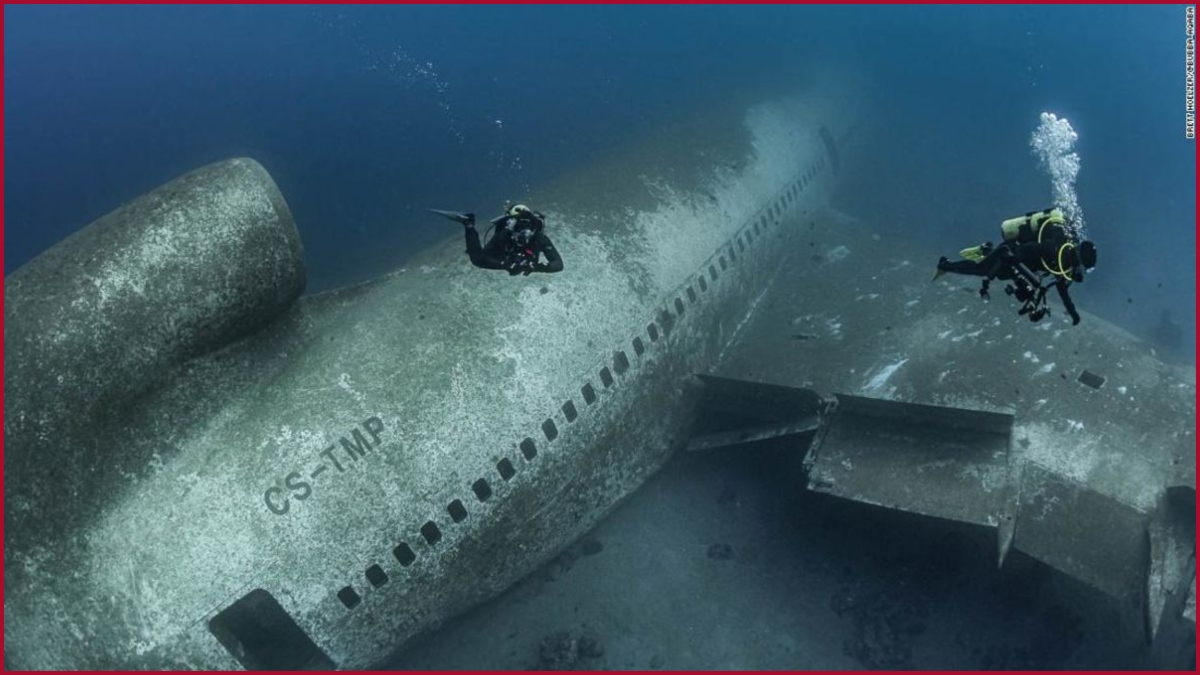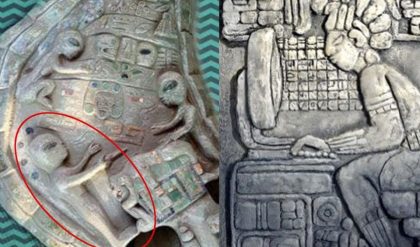The disappearance of Malaysia Airlines Flight MH370 on March 8, 2014, remains one of the most baffling mysteries in aviation history. Despite extensive search efforts and international investigations, the wreckage of the Boeing 777-200ER has not been conclusively located, leaving many questions unanswered about its fate and the final resting place of the aircraft and its passengers.

Initial Search Efforts
The Search Area:
In the immediate aftermath of the disappearance, search efforts were concentrated in the South China Sea, where the plane was last tracked by civilian radar. As more information emerged, particularly from satellite data, the search area shifted to the southern Indian Ocean. This vast and remote region presented significant challenges due to its depth and harsh conditions.
Inmarsat Data:
The British satellite company Inmarsat provided crucial data indicating that the plane had continued flying for several hours after losing contact with air traffic control. Analysis of the satellite “handshakes” suggested a possible flight path into the southern Indian Ocean, leading to the deployment of search vessels and aircraft in that area.
Discovery of Debris

Recovered Pieces:
Over the years, several pieces of debris confirmed to be from MH370 have been discovered on beaches along the western Indian Ocean, including parts of the aircraft’s wing flaperon found on Réunion Island in July 2015. Additional debris has been found on the coasts of Mozambique, Mauritius, Tanzania, and Madagascar. These discoveries have provided some evidence of the plane’s crash location but have not led to the discovery of the main wreckage.
Analysis and Confirmation:
The recovered debris was subjected to detailed analysis, and aviation experts confirmed that the pieces were indeed from MH370. These parts offered some clues about the final moments of the flight but were insufficient to determine the exact location of the main wreckage.
Ongoing Search and Theories
Search Efforts:
Several extensive search missions have been conducted, most notably by the Australian Transport Safety Bureau (ATSB) and private companies like Ocean Infinity. These missions used advanced sonar equipment and underwater drones to scan the ocean floor but did not locate the main wreckage.
Theories and Speculations:
Various theories have emerged about the flight’s disappearance, ranging from mechanical failure and pilot intervention to hijacking and cyber sabotage. However, without the main wreckage and flight data recorders, these theories remain speculative.
Current Status
Unresolved Mystery:
As of now, the main wreckage of MH370 has not been found, and the search has been officially suspended, though some advocates and experts continue to push for renewed efforts. The absence of conclusive evidence leaves the fate of the aircraft and its passengers shrouded in mystery.

Impact on Aviation Safety:
The disappearance of MH370 has had a profound impact on aviation safety protocols, leading to improved tracking of aircraft in real-time and the implementation of more stringent safety measures.
Conclusion
The mystery of Malaysia Airlines Flight MH370 persists, with the main wreckage remaining undiscovered despite years of dedicated search efforts. The pieces of debris that have been found provide some clues but fall short of solving the mystery. The ongoing quest for answers continues to be driven by the families of the victims and the international aviation community, determined to uncover the truth behind one of aviation’s greatest enigmas.





